I'm trying to draw Root Locus by hand from the following block diagram and confirm the result I got from Routh Hurwitz's table:
The table of Routh Hurwitz that I got is the following:
And from the stability conditions I got K> 0.
I calculate the transfer function for the closed loop:
$$ G_0(s)=\cfrac{\cfrac{10}{(s+2)(s+5)}}{1+\cfrac{K}{s+K}\cfrac{10}{(s+2)(s+5)}}=\cfrac{10}{(s+2)(s+5)+\cfrac{K}{s+K}\times 10}\Leftrightarrow G_0(s)=\cfrac{10(s+K)}{(s+2)(s+5)(s+K)+10K}=\cfrac{10(s+K)}{(s^2+7s+10)(s+K)+10K}=\frac{10(s+K)}{s^3+7s^2+10s+Ks^2+7Ks+10K+10K}=\frac{10(s+K)}{s^3+(7+K)s^2+(7K+10)s+20K} $$
I have one zero in s=-K, but I'm trying to find the value of K. How can I draw Root Locus, if Root Locus will depend on that zero and I can't set that value, because I'm trying to figure out the K value?


